If you ever wonder whether you should buy a piece of art or not ask yourself this: would it be the piece you’d rescue from a burning building?
At the Royal Hibernian Academy (RHA), it has happened before. When the original RHA building on Lower Abbey Street burned down during the Easter Rising of 1916, the annual exhibition was in full swing.
More than 500 artworks had been on show. All were destroyed. Escaping the building, the Academy’s Keeper, Joseph Kennedy, grabbed the Royal Charters, insurance policies, and the President’s chain of office. That might make you wonder about his priorities, but caught, as he was, between works by the likes of John Lavery, Sarah Purser, Margaret Clarke and Jack B Yeats, how would you choose what to save?
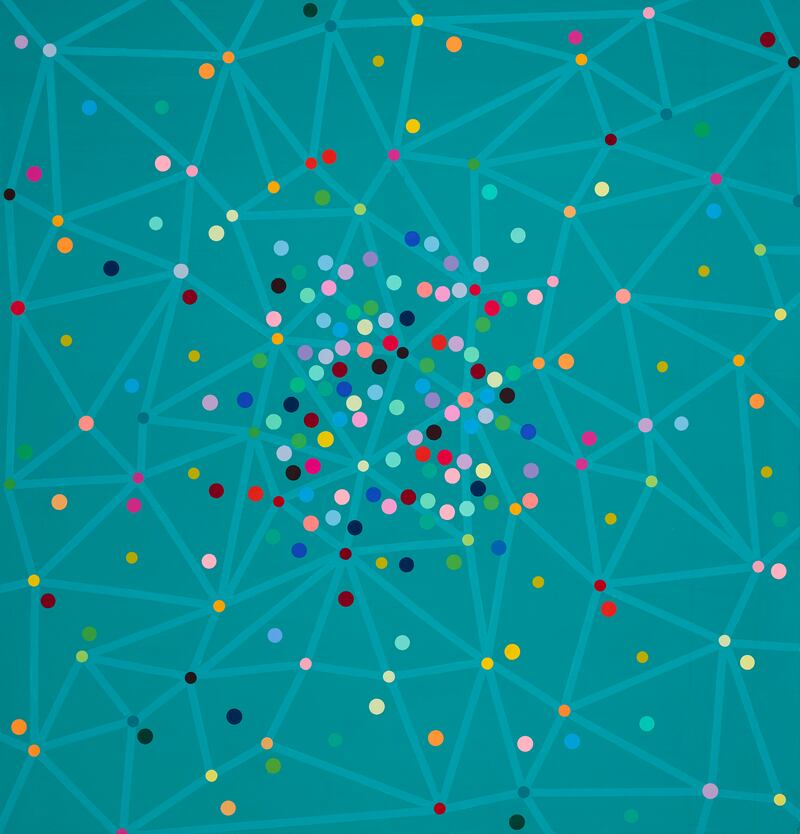
More than 100 years later, as the 192nd annual exhibition opens its doors, the question remains a good starting point when wondering how to choose whether, and what, to buy. Unless you’re possessed of the detachment of Keeper Kennedy, you’re going to grab what you love – always assuming you can lift it.
READ MORE
More than 4,000 artworks were submitted for this year’s exhibition, whittled down to the 570 on show today. These include just over 200 by academy members and invited artists. With numbers like that, the exhibition presents a great snapshot of what’s interesting to artists right now.
After coronavirus, there’s a lot of painting, and a great deal of it is representational. Portraits of people and images of nature predominate. You could almost say, in the absence of international travel and the constant round of residencies and exhibitions, artists have gone back to basics. The results are rather wonderful.
When art looks like something recognisable, it does, paradoxically, make choosing harder. With abstract art, it’s about how it makes you feel, and the thoughts that it causes to rise in your mind. With representational art, you have to add the layer of whether you like what it’s depicting, and then ask yourself if that’s all you like about it. If so, chances are you’re going to tire of it pretty quickly. Representational art has to do all the stuff that abstract art does, as well as catch the essence of its subject.
Whatever your tastes, the annual is a great opportunity to buy – whether you’re starting, or adding to your art collection, and they aim to make it as easy as possible.
As RHA director Patrick Murphy says, “it’s a marvellous occasion to begin your art collecting experience, and provide an income for artists”.
The prices aren’t scary either. “Over 80 per cent of sales from the Annual are made up from works between €500 and €2,000. This year, the least expensive work is €65.”
That piece is a charming, small Jesmonite sculpture by Stephen Murphy.
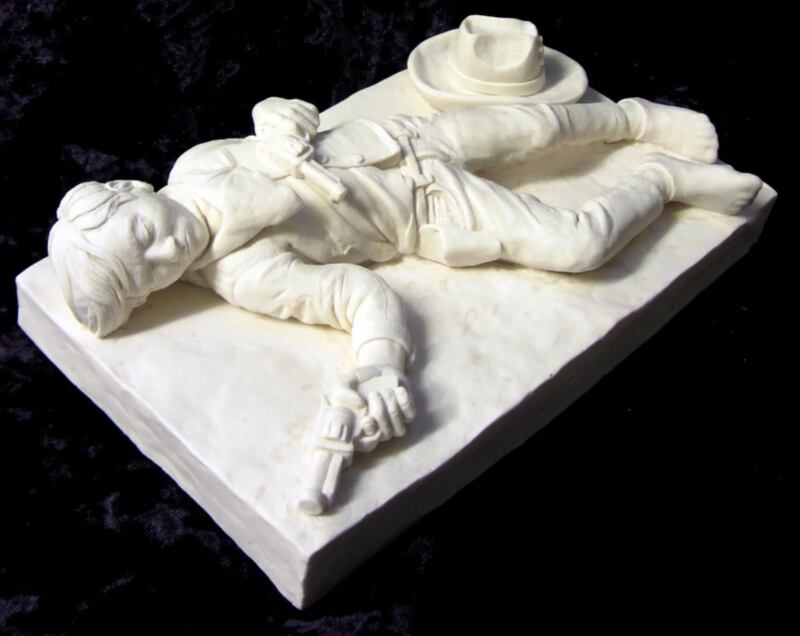
Perhaps taking you back to childhood games, Murphy’s Playing Possum shows a small child dressed as a cowboy, laying down, pretending to be dead. Like all good art, there’s the underlying tension that causes you to think: this time about how games to do with war and fighting fascinate children, and what that might all mean. Playing Possum is in an edition of 1,000, so you don’t have to worry about it selling out before you get there. You don’t even have to actually get there in person.
Despite commercial art galleries existing to sell art, sometimes at the higher end, they can be alarmingly off-putting. This is especially true if you’re feeling shy about inquiring prices, and particularly so if you have no clue whether the answer is going to be €100, or €100,000.
That’s a shame, as owning art, rather than merely having things decorating your walls, is very rewarding, and not as difficult as some might have you believe.
At the Annual, the catalogue (€20) lists out all the artworks and their prices, but the website is even better. Go to rhagallery.viewingrooms.com and you can browse by a range of categories including artist, medium and price; but you can also look for the award winners, and even browse according to size.
This latter is incredibly useful for someone like me, who loves buying art (when I can afford it), but has run out of wall space for it. Sculpture would be an option, but my mantelpiece and window sills are also pretty full, and a tiny house doesn’t exactly lend itself to plinths.
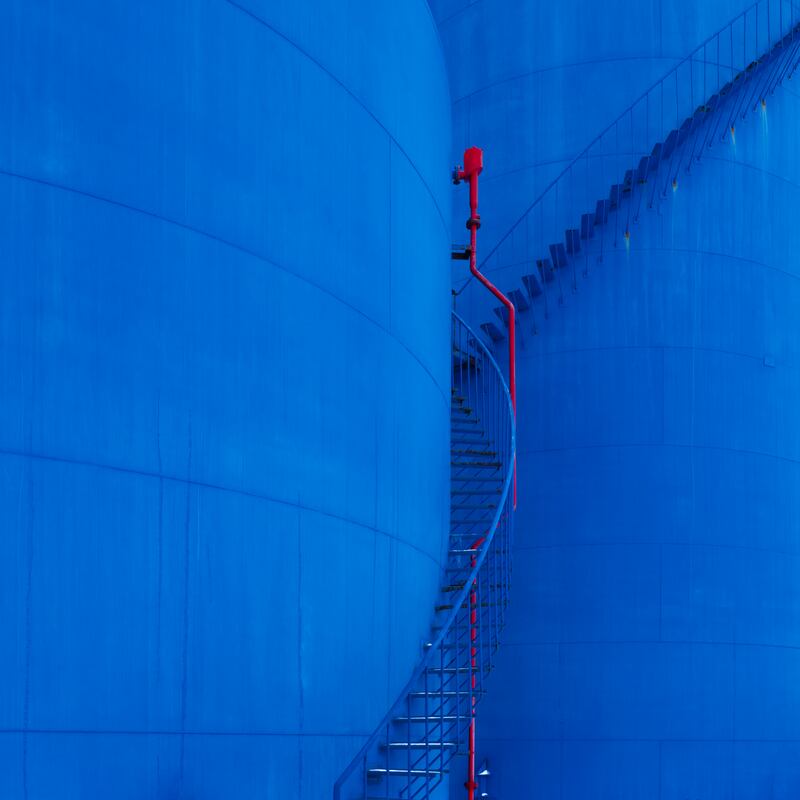
There’s a fun “view on wall” button, that lets you see the work in relation to a chair – handy for those, again like me, who are challenged when it comes to assessing scale out of context.
In the RHA gallery itself, the small works are, for the most part, hung (almost) floor to ceiling on a wall in the staircase lobby. It’s a fascinating medley of styles, moods and meanings. I love Gabhann Dunne’s painting, The Sainting of an Irish Owl, but then I always love his work. It has sold, which is a relief, because otherwise I would want it and I don’t have €1,000 to hand. Elsewhere, upstairs, Ann Quinn’s little trio of moody landscapes are also sold. At €650 each, I wish I’d got there sooner.
Among all those portraits and landscapes, there are still some very strong abstract works. Diana Copperwhite’s large Human Nature is a standout (€33,000), as is Nebula, by Ronnie Hughes (€7,600).
If you are lucky enough to have a house with a jaw dropping view, abstract art is worth thinking about – even if you weren’t a fan already. Representational art can end up in competition with a view, but if you go abstract, the two can amplify one another. Or take the middle ground with a work like Michael McLaughlin’s Blue Silo Hokkaido, a glowing print in an edition of ten (€1,500), where industrial silos are shot close up so as to almost lose their reality.
Talking about art in terms of money feels a little sacrilegious, and yet money (alongside talent, inspiration, determination and dedication) makes the art world turn, so it would be disingenuous to ignore it simply for the sake of artistic tact. Nevertheless, returning to that thought about what I’d save in a fire, it’s surprising how little price comes in to it. Perhaps unsurprisingly, it ends up being about what I would value most.
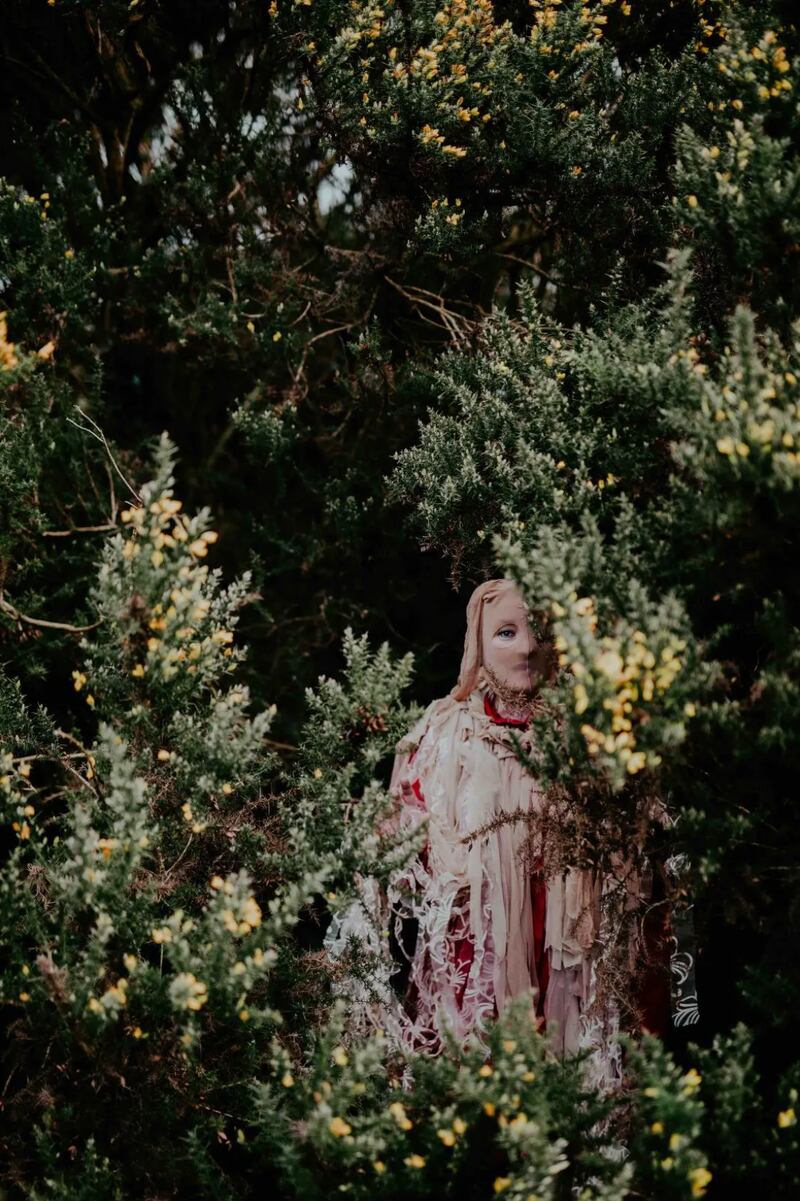
Amanda Coogan’s Mary Magdalene The Wren is beautiful, and richly unsettling (€2,500). Perhaps too unsettling for daily consumption? Blaise Smith’s Sheds in Laught, Balinasragh is brilliant; I have always been a sucker for a good tin shed (€7,750).
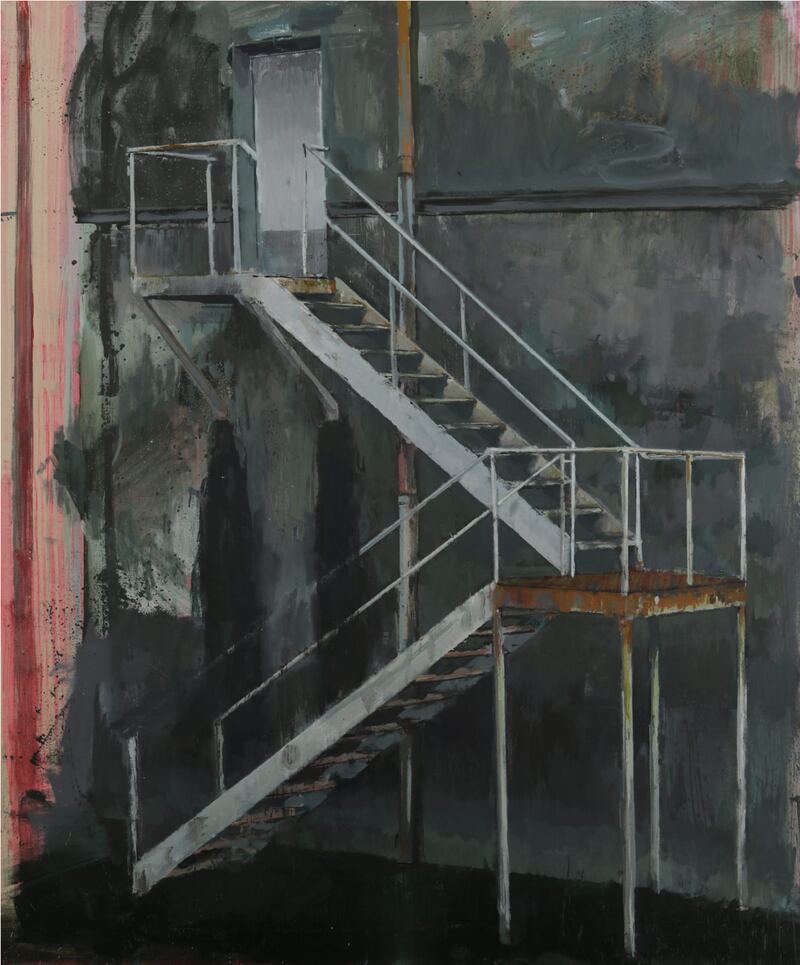
Aidan Crotty’s Fire Escape is striking. It could be the fire metaphor that’s taking my eye, but it’s a damn good painting (€4,000). I can start to see why the Keeper stuck to saving the Charters after all.
The 192nd Royal Academy Annual Exhibition runs until July 24th. rhagallery.ie















